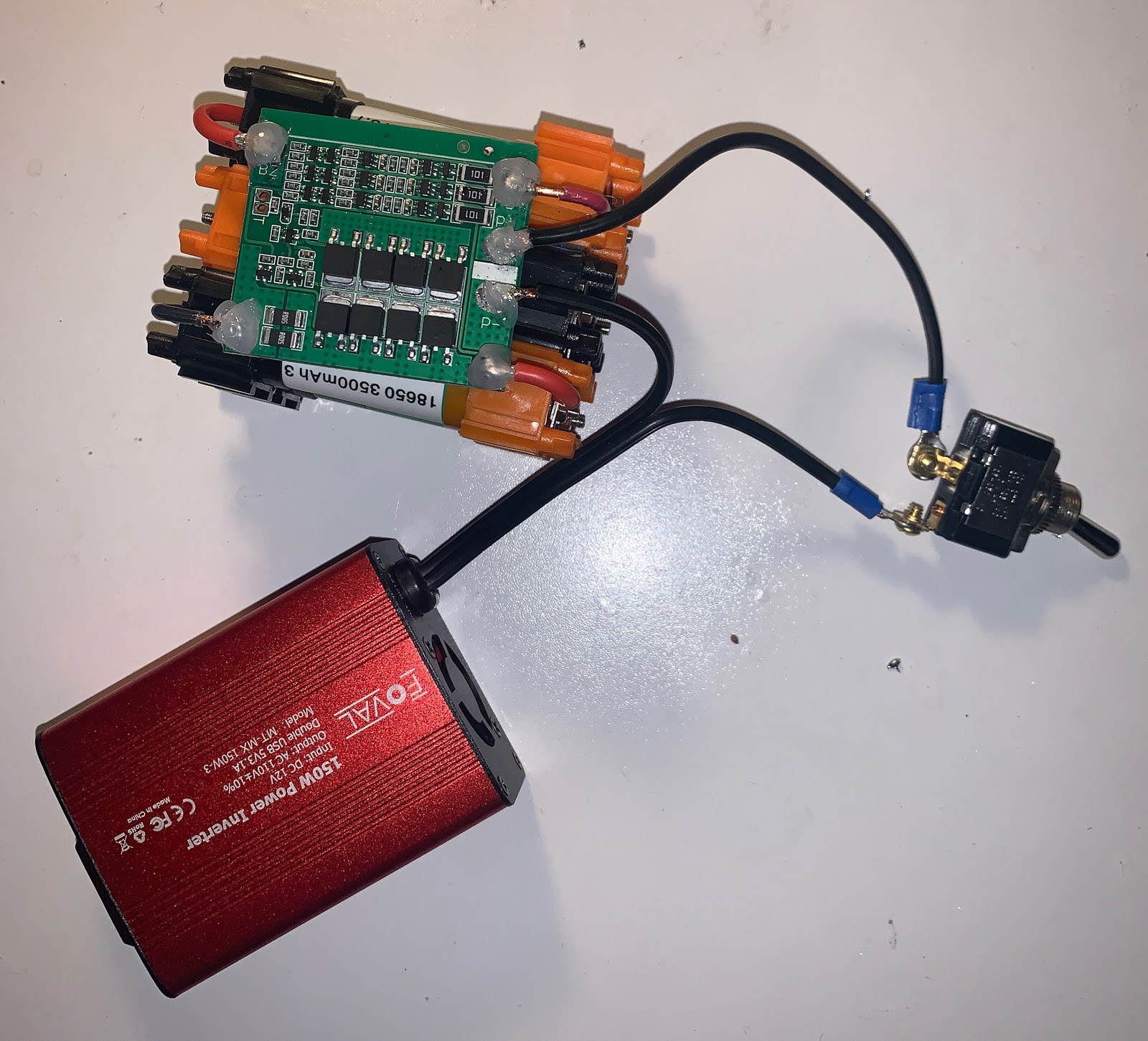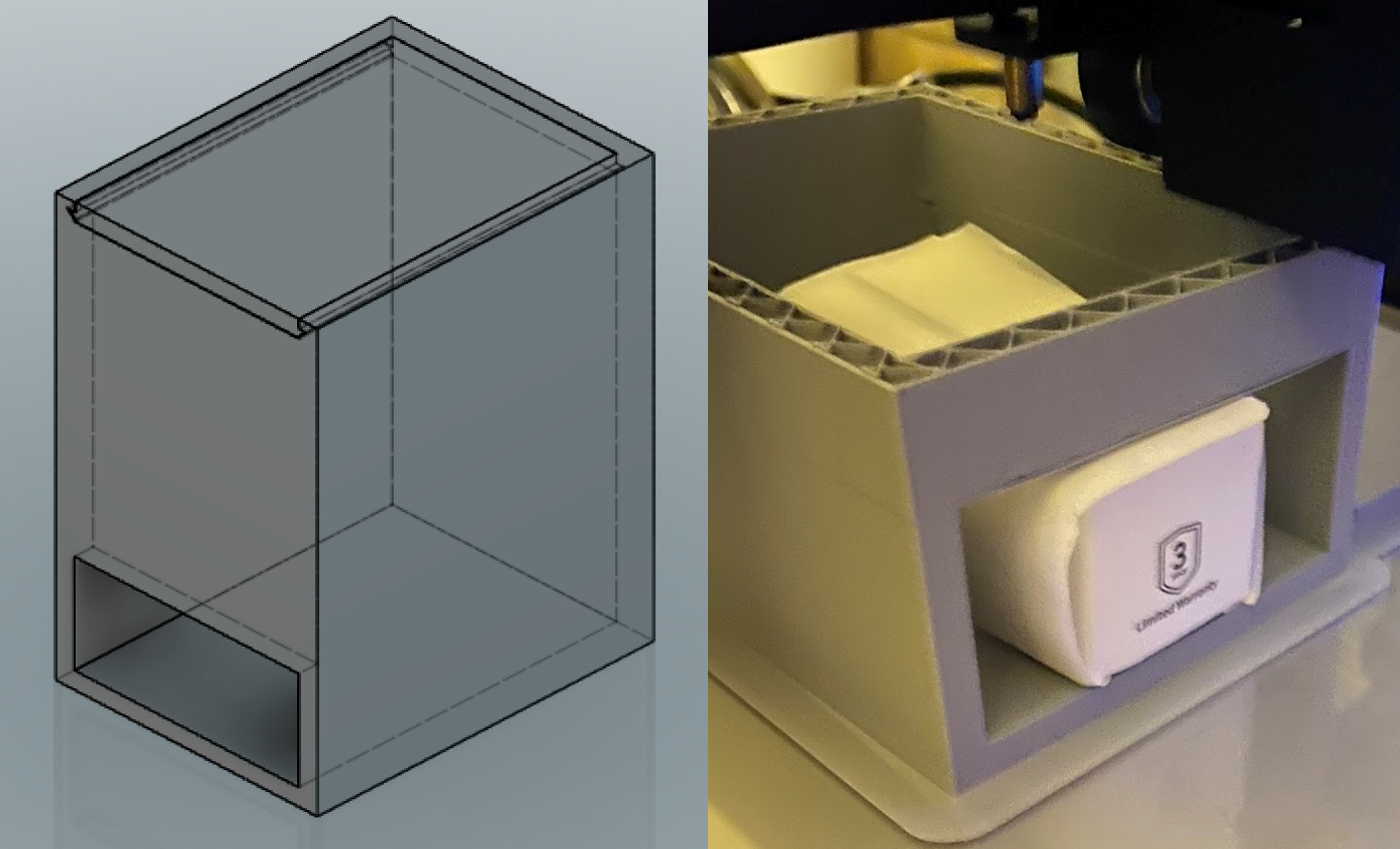Imperium (Senior Project)
Background
I'm working with a team of six, multi-disciplinary students in the Cal Poly Center for Innovation and Entrepreneurship (CIE) to start a company and build our first product. Our team consists of 2 Mechanical Engineers (Jamie and Sierra), 2 Aerospace Engineers (Braden and Patrick), 1 Finance major (Danielle) and 1 Graphic Communicator (that's me).
The project is ongoing. It started in Fall quarter and will commence in Spring 2020, so progress here will be ongoing.
The Problem
Traditional workspaces are no longer viable for modern workers, whose habits have outpaced the environment in which they work. Workers are dependent on a multitude of electronic devices to remain productive, yet many co-working spaces do not provide adequate charging options for these devices. With outlets allocated to the periphery of the space, there is a devaluation of the work stations in the center of the office. Co-working owners are looking for ways to maximize the space that they have, but power accessibility remains the most cited obstacle.
Our Solution
A set of portable charging blocks that help enterprises that operate flexible workspaces, who want to offer their users access to power anywhere in the office by providing unobtrusive charging options and reducing the reliance on areas located near outlets.
.
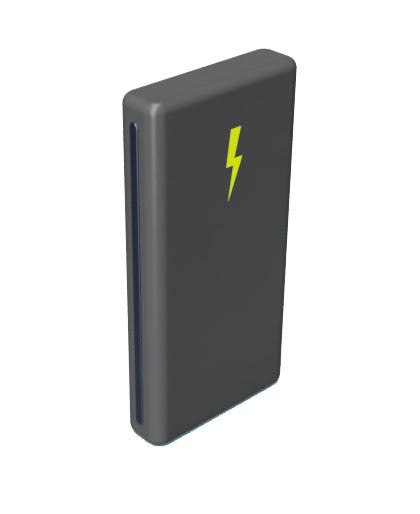
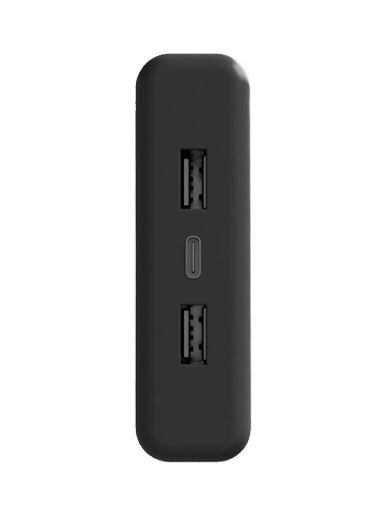
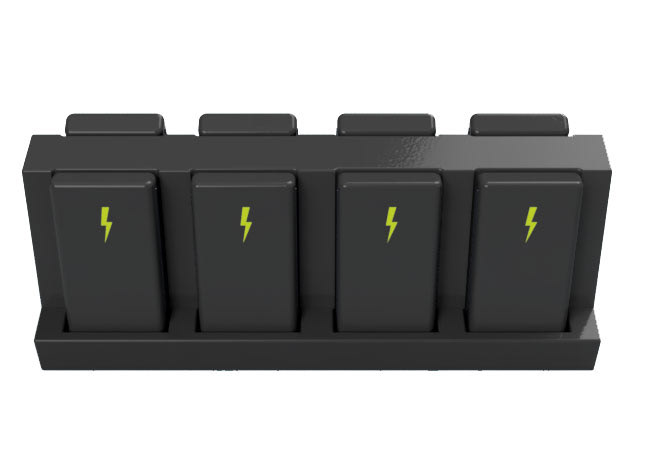
Our Journey
Industry Decisions
We began with two problem areas: Physical Therapy and Flexible Office Spaces.
Through research into the industries and interviews with involved parties, we decided to move forward with Flexible Office Spaces.
.
.
Customer Development
Customer development has guided our journey and been at the core of each decision we've made. We are designing a solution that will directly address the needs of co-working space operators and their customers.
We began gathering interviews with purveyors and users of these spaces. We contacted co-working spaces, coffee shops, accelerators/incubators, and event spaces. Our idea was to initially cast a large net and then narrow based on the feedback we received.
.
.
From these interviews, we learned of a couple different problems facing the flexible workspace industry such as: attracting new members, attrition, privacy concerns, and cleanliness, but one problem came up over and over again. Accessibility to power.
We began to steer focus towards it and learn as much as possible about the problem.
We heard pain points: "You know man, it's funny you're calling me, now I'm thinking about what a pain in my ass this was... ...it's been a real challenge."
We heard solutions: “Maybe that's taking down the ceilings and redoing the lighting and actually putting power in some new locations in the space”
.
.
MVP Testing
After solution brainstorming and product ideation, we settled on two solutions that could help flexible workspaces increase power accessibility. We built a splash page with two explainer videos detailing both solutions and distributed the link to the network of users and purveyors we've been building.
The splash page has an embedded google form for them to leave their thoughts and help us continue refining our product.
.
.
Strategy
Our goal has always been to provide an incredible solution for one specific market, rather than a mediocre solution that fits many industries.
In order to provide this, we have focused in-depth on market segmentation and positioning. From the variety of flexible workspaces we began with, accelerators, coffee shops, event spaces, etc, we decided to focus on co-working spaces. The growing industry shows promising future with a power accessibility issue that needs to be addressed. We are building a solution to fit this market that can scale to other markets after success.
The next important segmentation we made is based on a company's ability and propensity to address the problem. We divided the industry into three segments: Those who don't realize the problem, those who solve the problem with a band-aid approach, and those who solve the problem with a renovation/new building.
Focusing on early-adopters first, we ruled out those who don't realize the problem. Leaving us with the band-aid solutions and the renovations. This distinction is directly related to the space's available capital, which leads to two paths: co-working space corporations such as WeWork and Impact Hub, and 'Mom and Pop Spaces.'
.
.
From this segmentation, we are deciding where to position our product. This will be decided in the coming quarter with our second round of MVP testing.
.
Product Design and Development
We've paired our learning from customer development and MVP testing with our design and engineering abilities to build working prototypes.
.
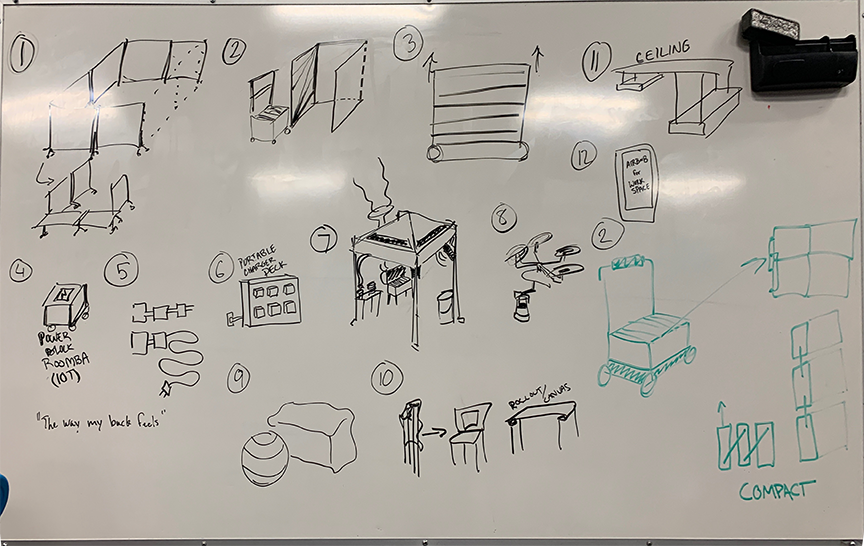
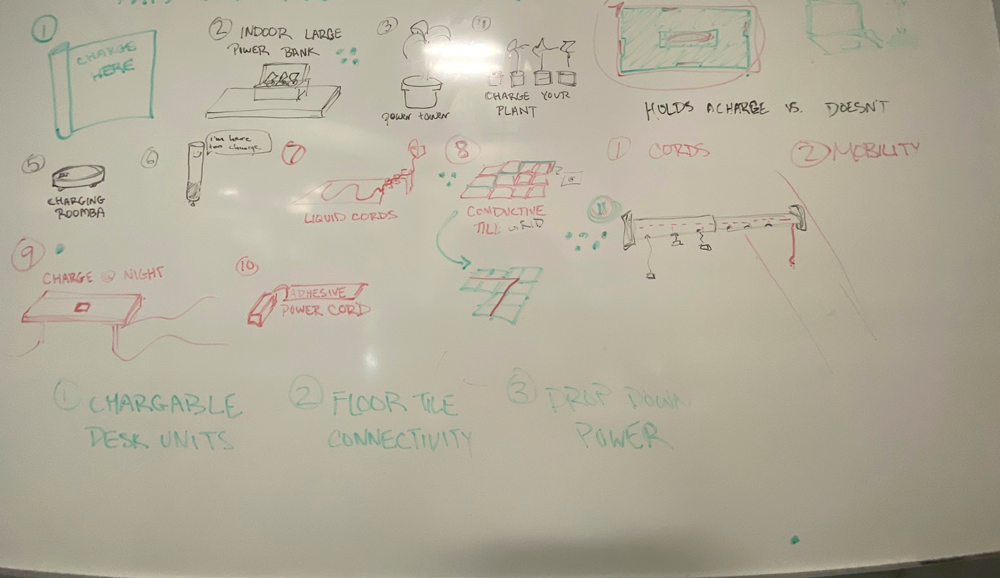
.
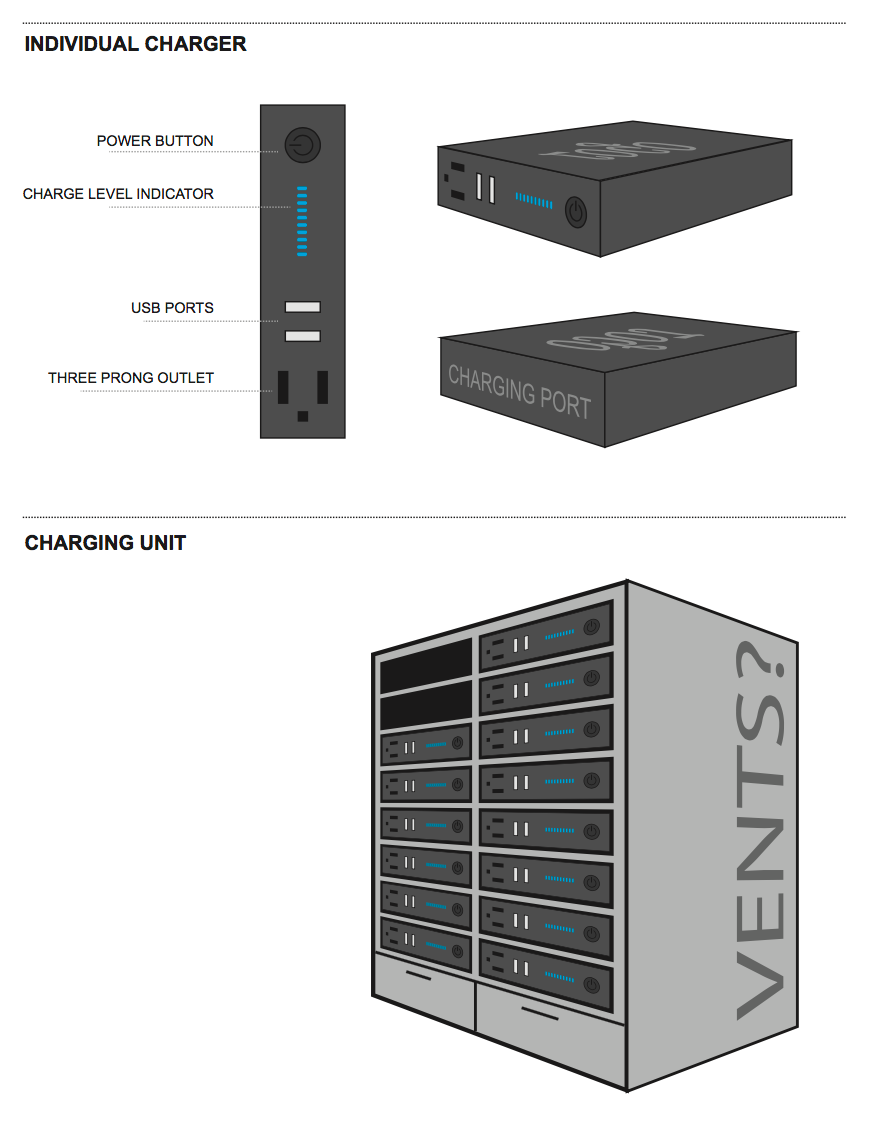
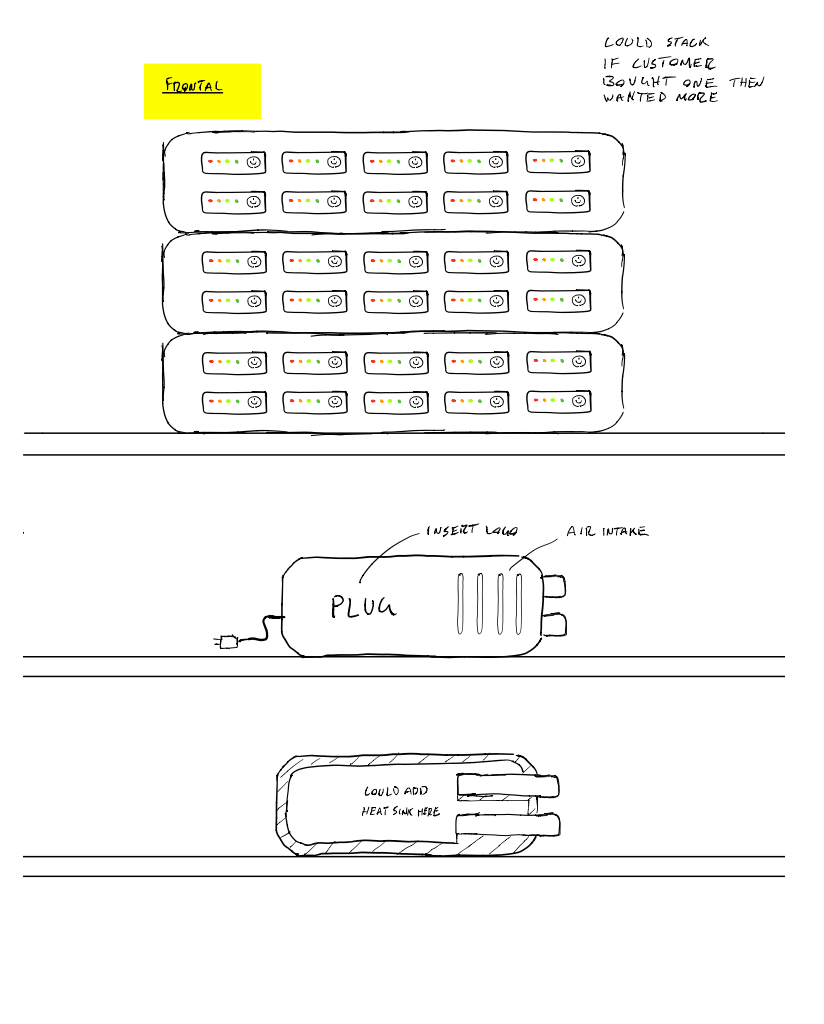
.
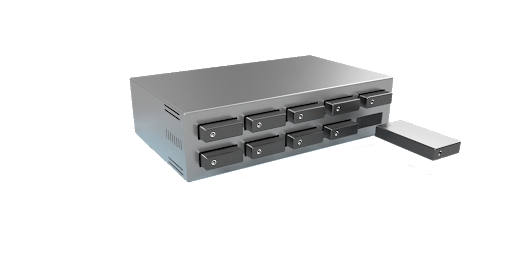
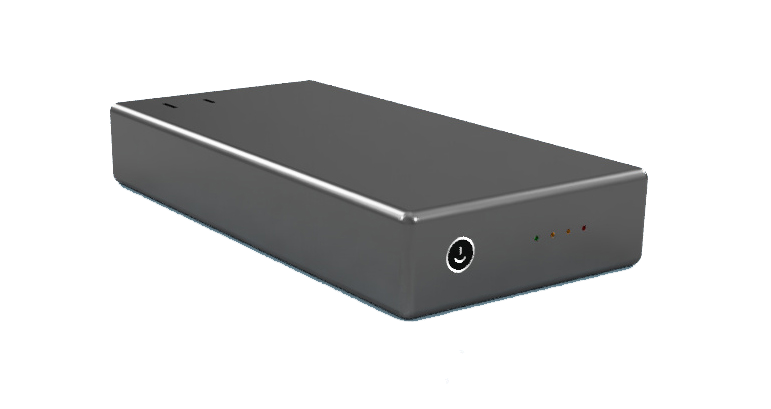
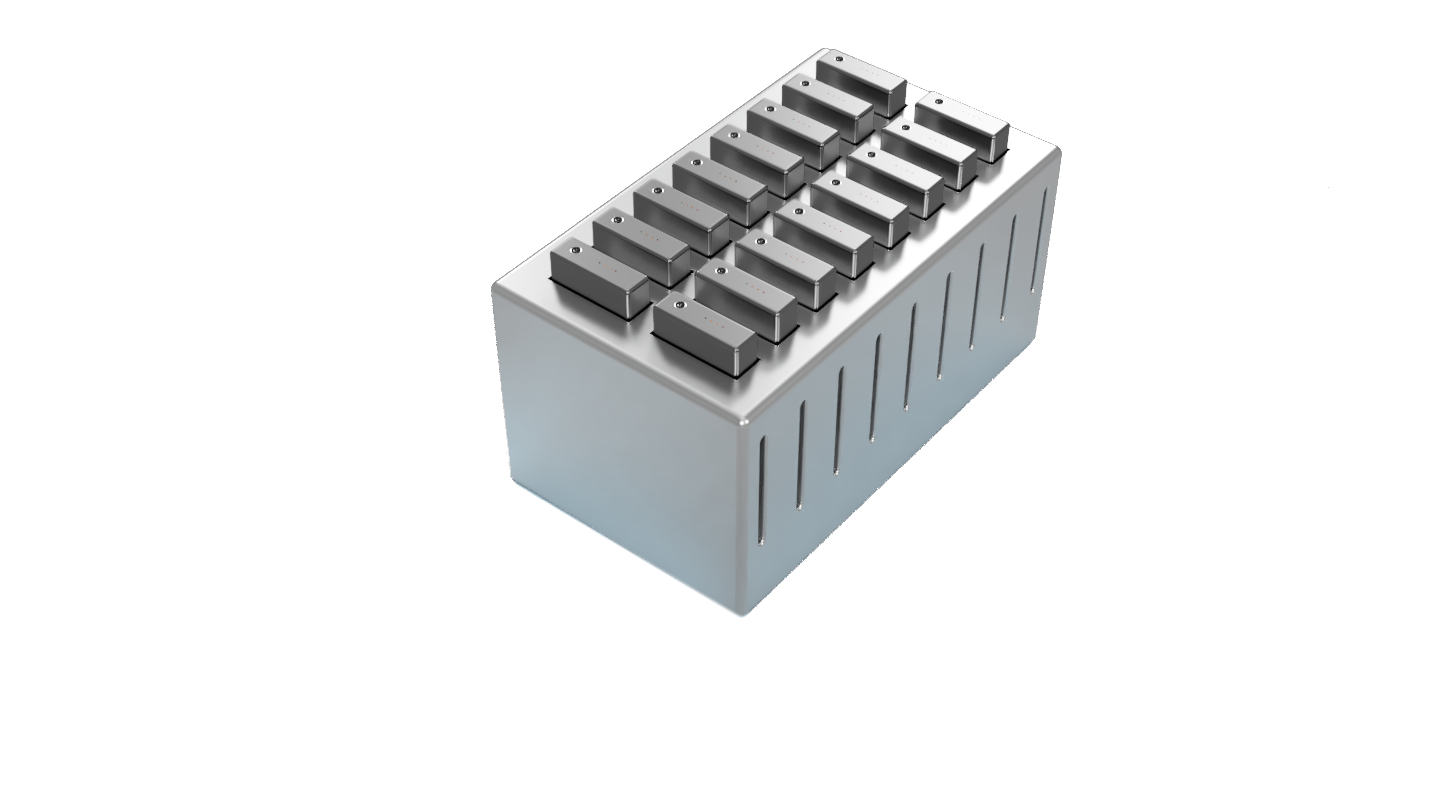
.
